Turtles in the Lagoon
Fun fact! Did you know that the facial patterns seen on a turtle's face are unique to that specific turtle? Similar to how your fingerprint are unique to you.
Since 2021 Te Ipukarea Society has been collecting photos of Turtles found around Rarotonga. We have take some photos ourselves, but most have been provided by local dive operators, turtle operators and the general public. We use the left side of the turtle’s face for consistency as it helps the facial recognition software we use to identify the turtle. This assists the software speed up the process of determining whether uploaded photos are new individuals or are recurring turtles from a previous time. We like to use this method to track turtle movements as it is much less intrusive than capturing and tagging methods. This form of Citizen Science surveying allows the general public to contribute to research which tracks movements of turtles from around Rarotonga.
To date, we have recorded 93 individual turtles on the database, 76 Green turtles and 17 Hawksbill turtles, from photos dating back to 2011. Of these, 23% have been recorded at least twice. For example, a Hawksbill photographed in Rutaki in 2016 was again recorded in Papua in 2019 and 2020. Because no turtles nest on Rarotonga, these recurring turtles could simply be enjoying the safe environment that Rarotonga brings. Or perhaps they are just chilling here, before setting off on their migratory route or to nest on other preferred nesting sites eg Mauke, Takutea, Mitiaro, Palmerston, Penrhyn or other parts of the Pacific..
The most recent ‘Ātui’anga ki te tango and Mata Natura senior youth program trialed the Citizen Science turtle survey at Avaavaroa passage and recorded 7 new individuals along with 2 that had been recorded in previous years. The two recurring turtles were both recorded in Avaavaroa in 2021 and again 2023.
Taking behavioral notes of the turtles seen in Avaavaroa passage was another key objective during the students' survey. Here the students noticed a number of turtles were not bothered by having their photos taken, as they stayed still for quite some time before slowly swimming away. It was mentioned back in class that this behavior is different for the turtles seen in the adjacent Papua and Rutaki passages as they are more skittish and are less tolerant of the paparazzi.
The Green turtles which are more commonly seen in the passages most likely eat seaweeds, with perhaps the odd jellyfish or other invertebrate.. While they quite like eating seagrass, we do not have any of this in the Cook Islands. The students were tasked with trying to spot what the turtles might be eating, but in the end, they could not see any signs of feeding. We are still very much interested to learn more about what our Green turtles are eating.
So if you happen to be out in the passage with a local guide and snap a shot of a turtle, send through your shots to Te Ipukarea Society facebook or instagram to help us better understand local movements of our residential turtles.
With more interest today in people wanting to see wild turtles in their natural environment, understanding their behaviors can help provide clues to how we can better manage human activities within these spaces to ensure our actions are not harming our residential turtles.

